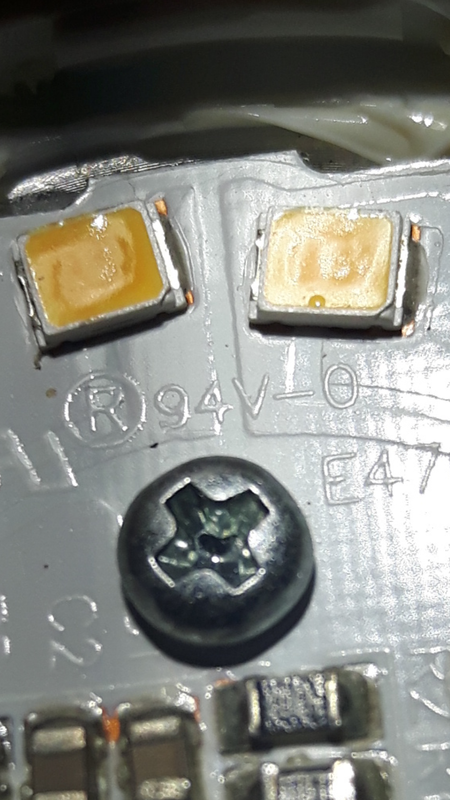C’mon bro, I used a little trick called reading and understanding.. I posted the product info, just look it up. Again it’s just a waste of time to continue providing you this info.
https://www.htgsupply.com/products/agromax-4-foot-bloom-t5-led-bulbs/
Why do you insist on using a grow specific LED light to try to somehow attempt to prove your point in regards to screw in LED bulbs? Reading and understand implies that you understand what you are making a comparison to, not some side-handed attempt to call an orange an apple.
Again, I'm not opposed to LED. I own two different LED grow lights myself. I've tried different types of LED for years. I'm not an LED hater, but in my direct experience the store bought LEDs don't produce as well as other store bought lighting.















